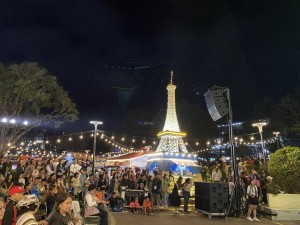EAT IN ASIA / Destinations / Thailand
Try an alternative coffee brewing method in Bangkok, Thailand
Tags: THAILAND
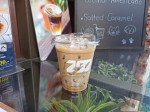

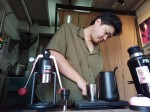
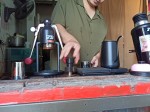

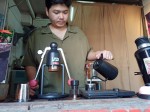
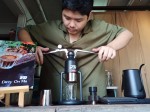
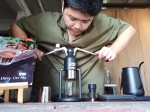
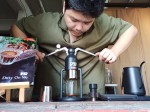

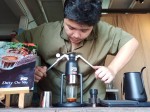
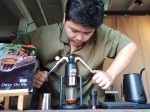
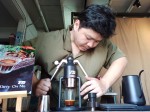

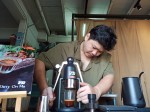
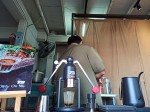
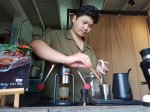
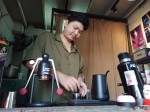
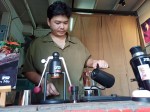

If only you are coffee addicted and want to try something new, that is what you should try and do in Bangkok. Cafeterias with alternative coffee brewing methods are not so popular in Thailand. Although it is much more common and likely to find them in a touristic area or in a big city like Bangkok or Chiang Mai, still they are not dominating. Well, somehow it makes sense. Just think about all your friends and count how many of them would choose this one and not go with a traditional cappuccino or caffè latte in Starbucks? I guess, not a lot of them would prefer this way of serving coffee.
Every time you see a sign mentioning alternative coffee brewing methods and you glimpse inside the cafeteria; you can easily see that these places are not as crowdy as other chain coffee shops are. Just compare Starbucks with it. And then think how many of your friends, or even you would prefer to get something known very well. Would you prefer to skip experimenting or would you like to try something unknown but still something that is a coffee drink. Coffee should be good, give a kick and be served in a well-known form. No little cups, no extra waiting, and no ceremonies. What is important for many of us is to get a morning cup of coffee and have a lot of energy after drinking it.
The coffee aroma, the coffee body, its acidity etc., all these elements are repetitive in most chain restaurants, but are completely unknown if you choose a local coffee shop, especially if you decide to try a coffee brewed in an alternative way.
Well, the first thing is just to think about alternative coffee brewing methods. What are they?
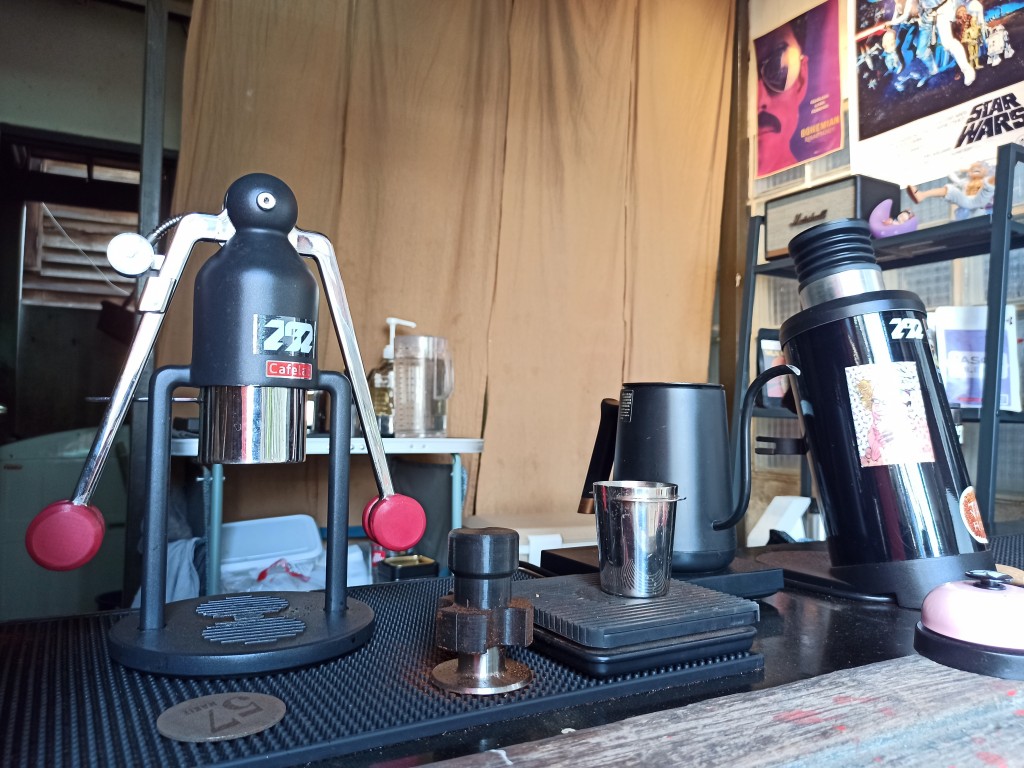
Alternative coffee brewing methods
I do not want to go too deeply into it. Just to give you a rough idea what to expect and what is the basic difference. Well, if I had to explain it to you in the easiest way, I would say, that alternative coffee brewing methods is a set of ways of preparing coffee that are not using traditional and mostly popular utensils and machines.

Types of coffee brewing methods
Here is a general list of all coffee brewing methods that come to my mind:
Espresso machine
Espresso machine – the one that is the most popular and is usually used in most cafeterias and coffee shops.
Moka pot or known as a stovetop espresso maker
Moka pot or better known as a stovetop espresso maker – this method and this coffee maker is very popular in Latin America or in smaller coffee shops. The utensil is similar to a small kettle that has mainly two parts. You add water and coffee to it and put the whole utensil on the stove. Then the boiling water pumps the ready coffee up.
AeroPress
Aeropress is another coffee brewing method that uses pressure. This is also an alternative brewing method as it is rarely used. This method is a great alternative to all traditional ones. It is believed that this coffee brewing method is the one that give best results, but it is also a method that needs a skilled barista that has a lot of practice. Here everything is important. That means that the water temperature must be on a certain level. The pressure has to have an optimal number of bars. The brewing time must be very precise. Finally, the coffee type and the coffee grinding size plays a role. Aeropress gives incredibly good results as long as you know how to do it well.
Then there is a set of other alternative coffee brewing methods like a French press, a vacuum, or a siphon pot. Finally, there is a manual coffee maker robot that makes a coffee using pressure.
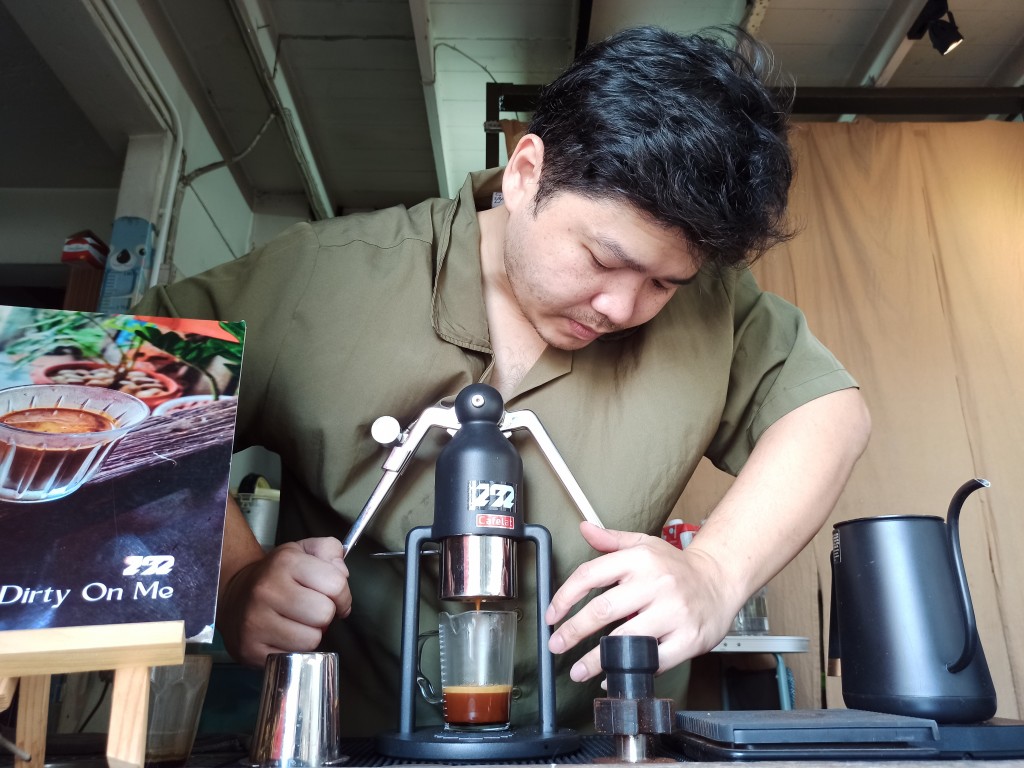
A manual coffee maker robot
This coffee brewing method is designed to make both a traditional espresso and other coffee types that are based on it. So, for example, using this manual coffee maker robot you can make an americano, cappuccino or a caffè latte too.
Using this method, means that you can experiment with different coffee types, different grinding sizes and with a different milk.
Thanks to it, you can either select a grounded coffee or buy coffee beans and grind it on your own. You can also make cappuccino or caffè latte if you have an external milk steamer.
A manual coffee maker allows you also to choose different coffee brands and does not limit you to a selected one as it is in all capsule coffee machines.
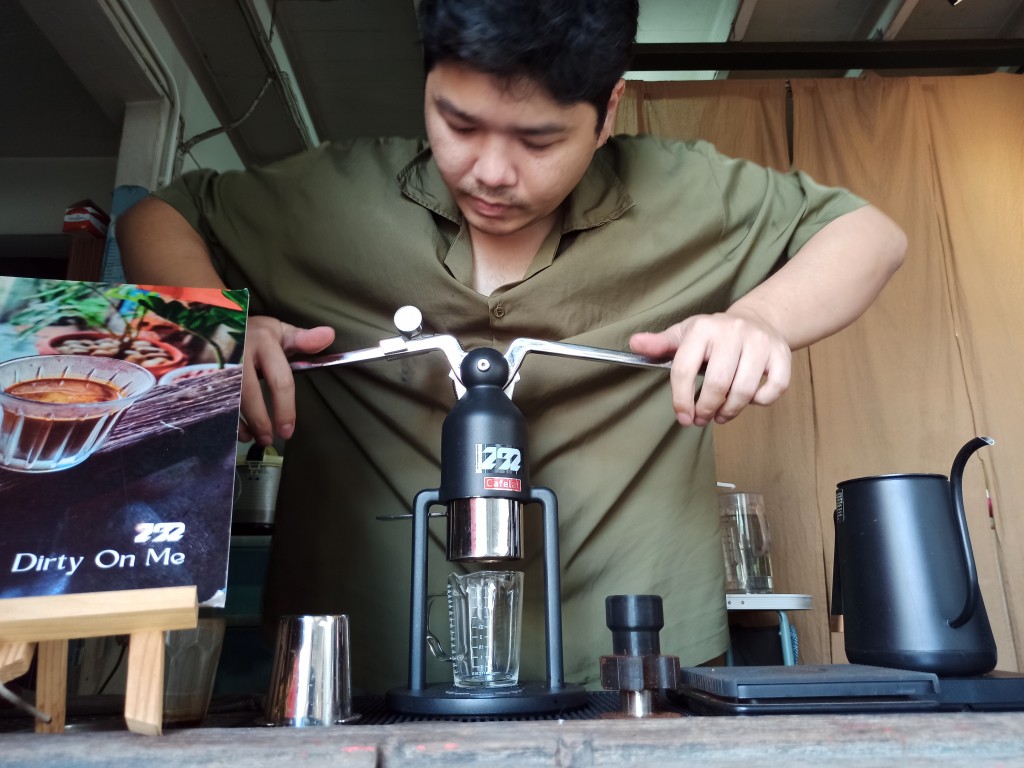
How to make a coffee brewed in an alternative method?
What do you need for brewing coffee?
- Kettle
- An electric or gas stove
- Freshly grounded coffee or an already grounded one
- Milk skimmer - optional
- Skimming pot for milk – optional
- Coffee cups or glasses
- Sweeteners – sugar, honey, stevia etc. – optional
- Milk – fresh, condensed sweetened, condensed unsweetened, coffee creamer – optional all of them, just choose one of them, none of them, or a composition of them depending on what kind of a coffee would you like to make
This method is so simple and gives so wonderful results! We had a couple of coffee cups brewed in that way in Bangkok, Thailand, and all of them were amazing!

What is so special about an alternatively brewed coffee?
Well, everything. The whole process, the possibility of participating in this magical ceremony, the final effect, something unique and the fact that each cup is prepared with passion, with love and with a full devotion.
Every cup you get is prepared especially for you. Every part of the brewing process is cautiously observed and handled in the best possible way.
Believe me, even if you are not a coffee lover, just try it at least once not only to be able to see the difference between this coffee and a regular coffee from a well-known cafeteria, but also because that is a magical ceremony.
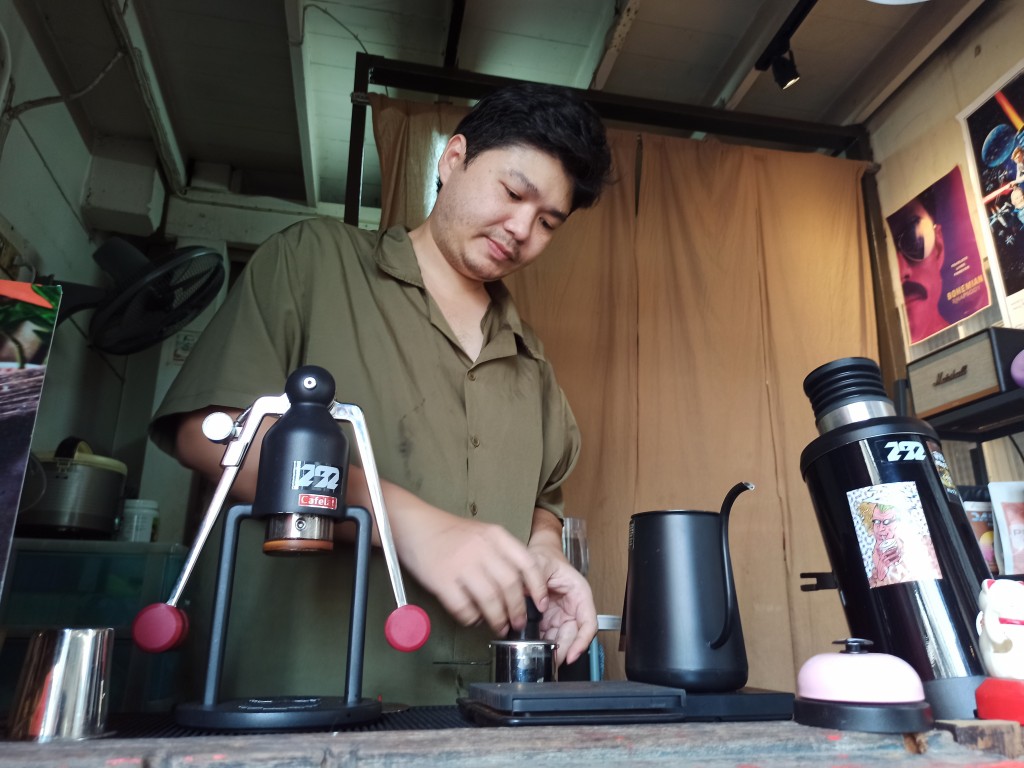
Coffee beans make a difference!
Yes, that is true! Different countries, different areas and different coffee types give another coffee beans. Even in the same country, different areas are famous for other coffee aromas and notes. These areas might be also responsible for the coffee acidity and for the general coffee body.

How is the coffee made?
I am not going to describe the whole process very profoundly, as I do not think there is any need of doing it. What is the most important thing, I believe, for all of us, is just the general rule or a general method. I think we do not need to know it in a very detailed way, but still, it is nice to have a general overview.
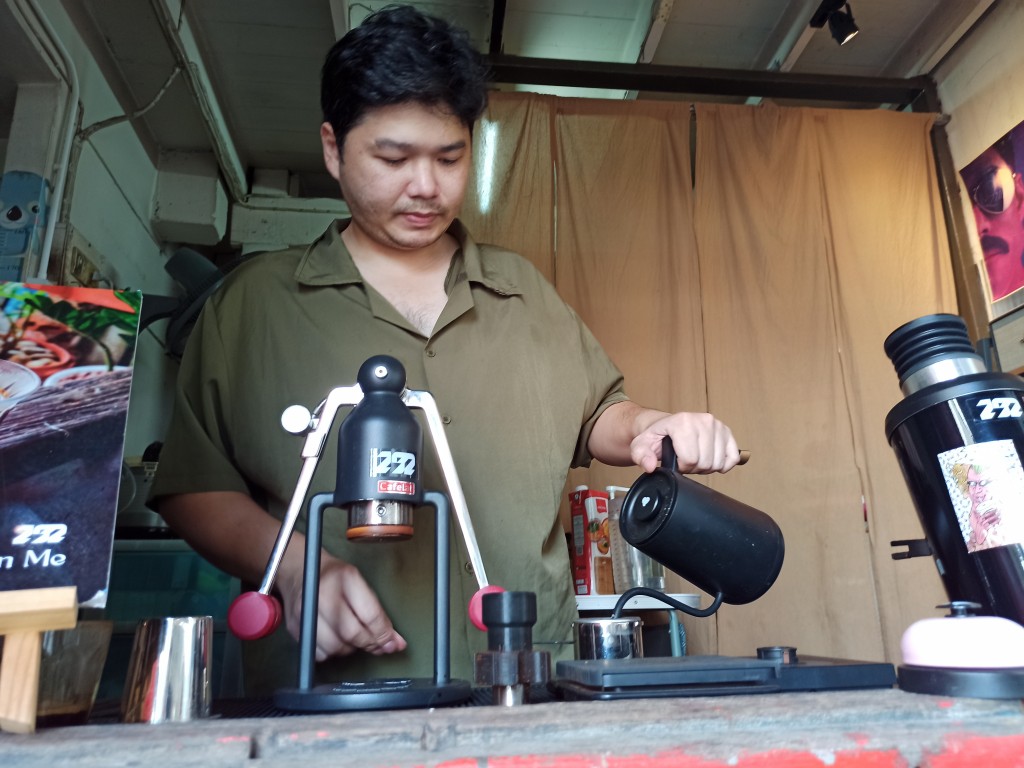
Boiling water – obtain the perfect temperature – 95 °C
As this manual coffee robot does not have any heating element, you need to have an external kettle and a stove, or just an electric kettle. When the water is boiled, the barista has to pour the water into the coffee machine’s basket. At that moment, I mean when the kettle is removed from the stove and the water is already boiled, so at the moment of pouring it into the basket, the water cools down till about 95 °C. And this temperature is an ideal temperature for brewing coffee.
Then comes the second step – the extraction pressure
This is another key element. The pressure should not exceed 7 bars. More or less it should be between 6 and 7 bars. That is an optimal level.
Brewed coffee temperature
Even if the water you pour into the coffee brewing basket is about 95 °C, the final coffee you get has a temperature of about 88 °C.
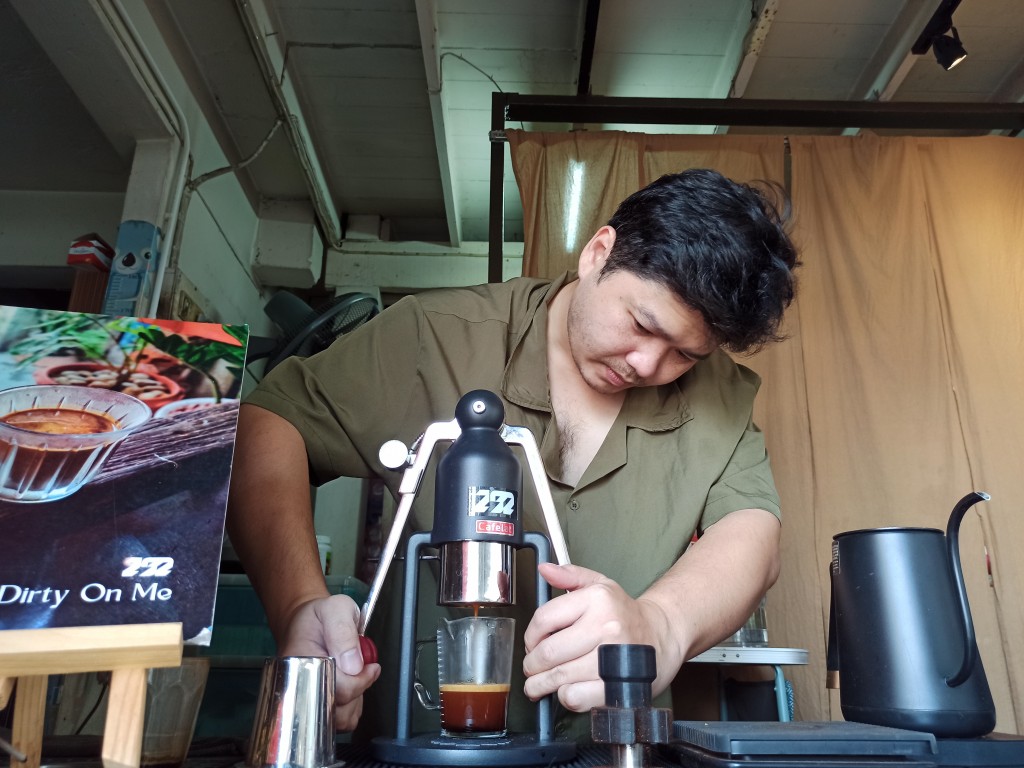
Extraction ratios
The general rule is a 2:1 ratio, what means that if you take 14 grams of a grounded coffee, you will get the beverage weight at the level of about 28 grams.
Coffee beans - Chiang Mai area in Thailand
If only you had an option to try a Thai coffee from Chiang Mai area, do it! It is really wonderful!
Depending on the cafeteria you go to, you will get another one, but still, all of them are good. In some coffee shops you will be able to choose the coffee type too. That means that you will have an opportunity to select different coffee beans. For example, either these smooth, or dark or just medium dark. Depending on the selected type of beans, the coffee body, acidity, sweetness, and bitterness will vary. Just ask the barista, and he will definitively be able to give you a professional explanation.

Thai iced coffee brewed in an alternative method, in a Slow bar in Bangkok, Thailand
That was the best of coffees we had had in Thailand. Everything was perfect. The aroma, coffee notes, its body, an ideal level of the acidity, sweetness, and its bitterness.
What is more, we choose coffees with milk, and although it was partially with a fresh milk, that milk was not a regular milk that you can buy in a shop. That was a special milk. It was an enriched one produced just for baristas and for coffee lovers. If you are vegan, remember to ask for a vegan alternative. Usually they will give you a wonderful coconut milk!
The coffee we drank had a wonderful texture, was full of aromas, and had a perfect density. It was creamy, with a wonderful natural coffee foam and it was poured over ice cubes! What a great break during the hot day!
This coffee is a great alternative to a traditional Thai coffee or to the one you might even know from Vietnam - Vietnamese coffee or from the one you had many times in Indonesia.
If you are a coffee lover, do not forget to check our posts on other coffees like these in Europe - Portugal (An ultimate coffee guide - Portuguese coffee types), in Central America, in Latin America and in Turkey (Turkish coffee - how to make it and drink it?)!
Date: 2022-11-08
Author: Beti – A passionate traveler and lover of Asian cuisine, especially Thai and Japanese dishes, Bernadeta brings her culinary and cultural experiences to life in her writing. Beyond her travels, she’s an avid technology enthusiast with a deep interest in data processing, merging her love for exploration with analytical insights.
Photographer: Adalbert – An aficionado of computers and photography, Adalbert captures the essence of diverse cuisines with a discerning eye. A connoisseur of rich flavors and particularly fond of meat-based dishes, he combines his technical skills with his passion for the culinary arts in every shot.



